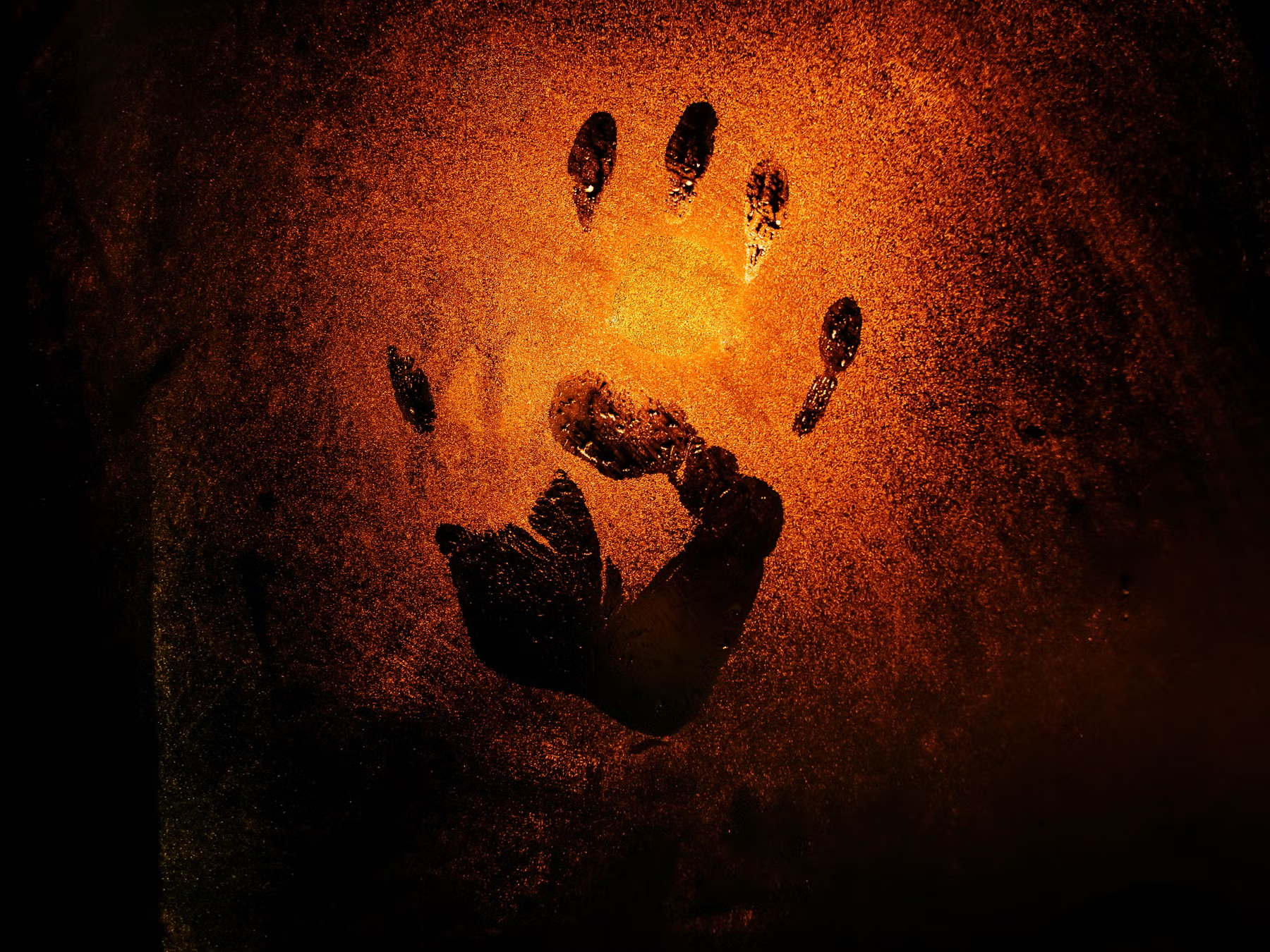The British Museum has recorded more than 50,000 archaeological finds, of which 1,000 were treasure, made by members of the general public in 2020. Here are some of the highlights.
A record-breaking pendant
The millionth record logged on the Portable Antiquities Scheme (PAS) database was a copper alloy medieval harness pendant found in Binbrook, Lincolnshire.
A seal belonging to a woman of status
An unusual silver seal matrix dating to the early 13th century inscribed in Latin with the name Matilda de Cornhill was found at Hollingbourne, Kent. It depicts a kneeling female figure, assumed to be a representation of Matilda herself, praying to the enthroned virgin and child, a well-known motif of the medieval period. The find is unusual because seal matrices from this period were more commonly owned by men, and were usually made of copper alloy or lead alloy, leading archaeologists to suspect that Matilda was a person of status in her own right. The owner may be Maud de Cornhill, the steward of St Augustine’s Abbey, Canterbury, whose husband was Reginald de Cornhill – active 1189–1215 – the high sheriff of Kent and constable of Rochester Castle.
Rare runes
A rare and mysterious early medieval gold pendant with a rare runic inscription was found in the north of England. The pendant, in the form of a cross, dates to about AD700-900 and was found near Berwick-upon-Tweed, Northumberland. Runic inscriptions often provide the name of a person associated with the object, such as its maker or owner. This one can be translated as Eadruf, suspected to be a previously unknown name, potentially making it a new addition to recorded early medieval names.
A Roman hoard
A hoard of Roman coins was found in three pots at Wickwar, Gloucestershire, by the metal detectorists Mark Lovell and Mark Wilcox. They contacted the British Museum, which block-lifted the hoard to keep it intact and brought to labs where it was X-rayed and carefully micro-excavated. Conservation work revealed more than 6,500 coins that dated to the 4th century AD, which seem to have been put in the ground at different times. During this period, Romans commonly buried hoards for safekeeping, making this potentially a previously unknown Roman site.
Roman piping
In September 2020, Steven Scott and David Taylor were metal detecting at Rudston, east Yorkshire, when they found an unusual shallow cylindrical lead object about 30cm deep. Subsequent archaeological excavation revealed the object had been placed in a circular pit cut into chalk subsoil beside a pre-existing wall. They found pottery shards, burnt animal bones and sandstone quern fragments around the container, which is thought to be the base of a Roman cistern. It is the first to be found in Yorkshire and has an unusual form, possibly used to collect water running from the roof of a building to supply water to the home.









